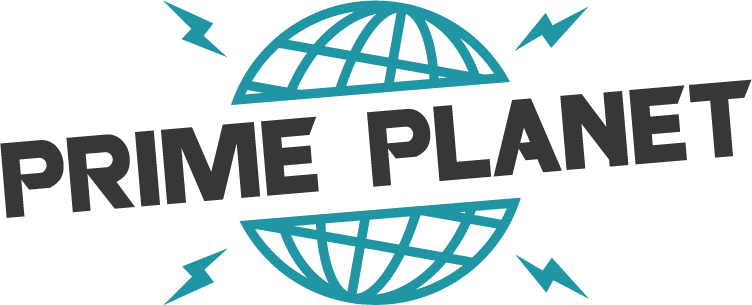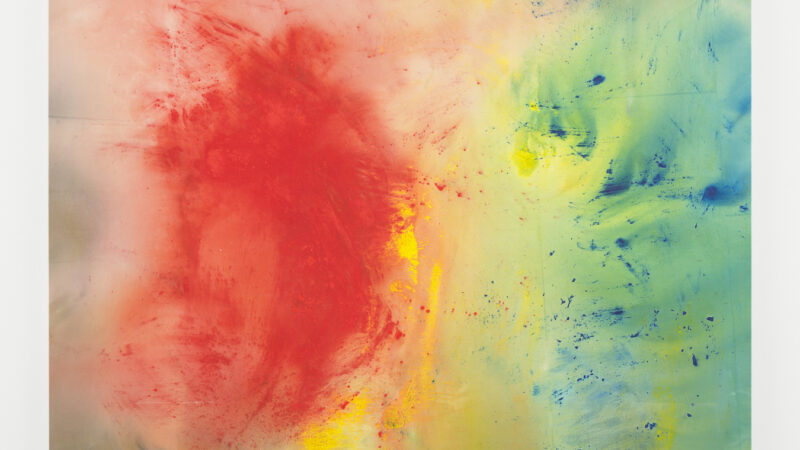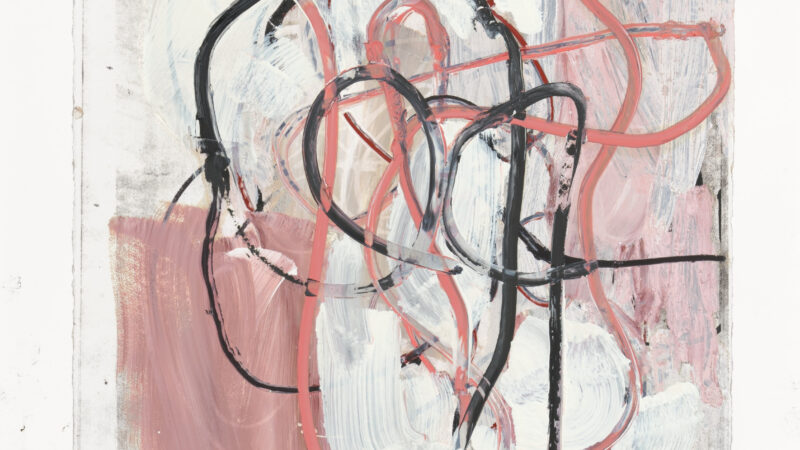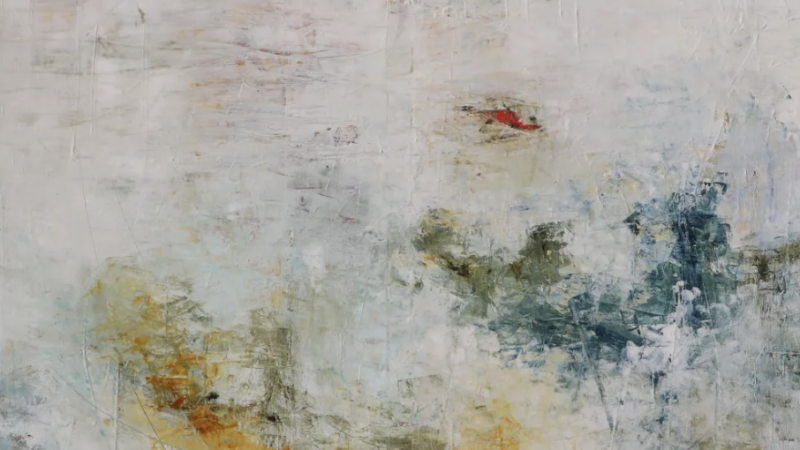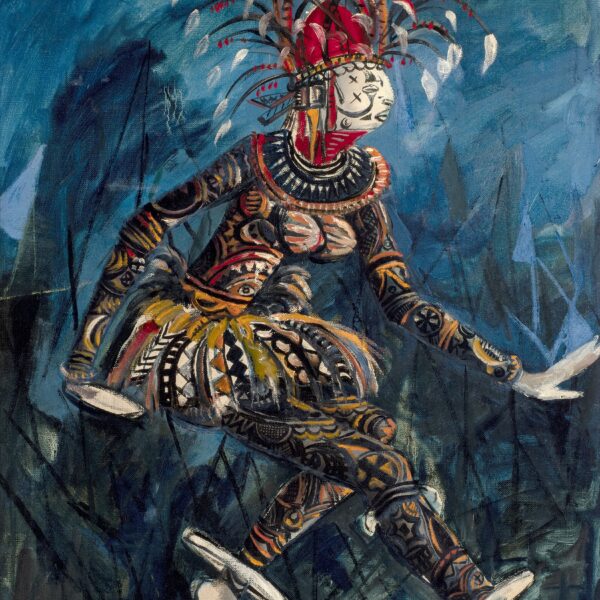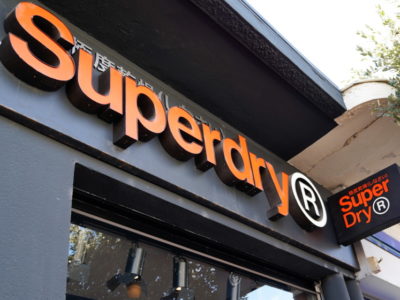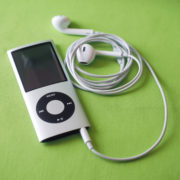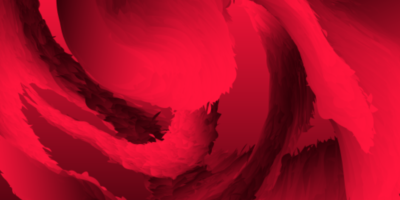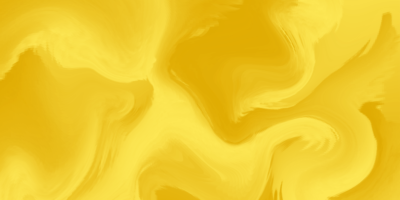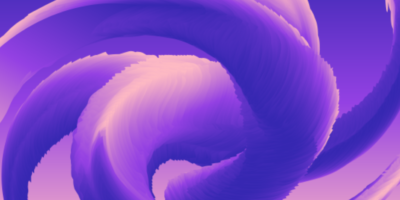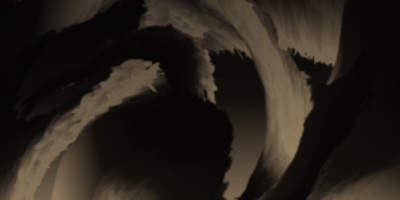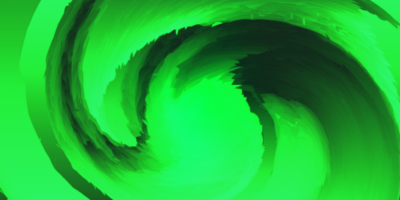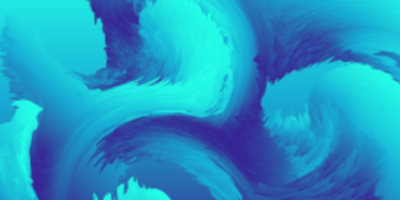Seulgi Lee: Span | Ikon Gallery
Birmingham’s Ikon Gallery is currently hosting SPAN, the first UK solo exhibition from Seoul-born, Paris-based artist Seulgi Lee.
Lee, who has lived in France since 1992, is known for blending conceptual approaches with artisanal traditions, transforming age-old skills into fresh, contemporary forms. For SPAN, she turns her attention to the humble yet universal unit of measurement — the human hand span — using it as a poetic metaphor for connection, distance, and shared histories, creating an exhibition with a vivid, tactile celebration of colour, craft, and cultural exchange.
One highlight is SIX PENCE (2025), a delicate and intimate work inspired by Victorian mother-of-pearl button-making, developed in collaboration with Birmingham City University’s School of Jewellery. Sometimes crafted from shells sourced in Asia, these lustrous fasteners were once an everyday adornment. Embedded into a gallery wall, their iridescent glow conjures what Lee describes as “stars walking on clothes”, a reminder of both the beauty and accessibility of such craft in its time.
Lee’s long-running Blanket Project U (2014–ongoing) transforms the Korean Nubi quilt — sewn line by line into dense, padded layers — into colourful geometric compositions that recall vernacular proverbs. For Ikon, she debuts two British-inspired designs: U : A Piece of Cake = Easy to Get Rid Of and U : 감쪽같다 Like a Kaki = As If By Magic (both 2025). Hung on walls or displayed on plinths in the manner of their original domestic function, these works act as both visual puzzles and tactile translations, carrying idioms across languages and cultures.
The exhibition also features W (2017–2018), a series of palm-leaf baskets woven by women from Santa María Ixcatlán in Mexico’s Oaxaca region, where only four elders still speak the native Ixcatec language. Perched on slender metal armatures, the baskets take anthropomorphic forms inspired by the local landscape and oral histories. Some are evocative and playful, like W / Sa la kwa shunga lachju itzie ske, Young girl with neat hair (2017), its twin side forms resembling tightly coiled buns. Others carry a more fragmented, surreal quality, like W / Sala si tundu tsude chitjiũ ju wa, The madman has a broken blue (green) nose (2017), in which an empty-bottomed basket juts from a torso-like form. Lee’s collaboration here preserves not only the physical objects but the cultural threads woven into their making.
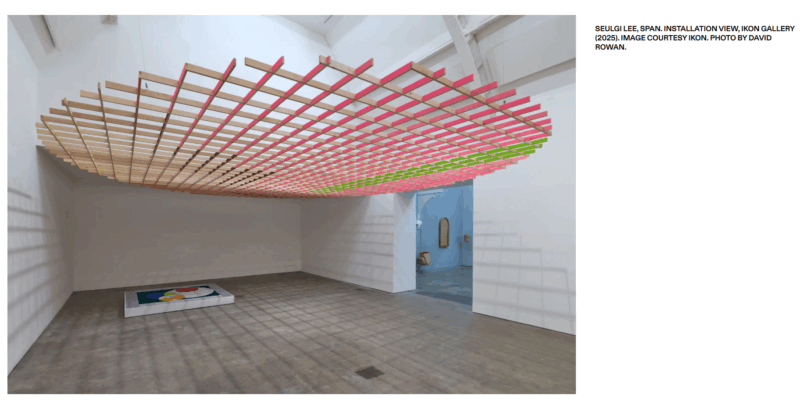
SPAN (2025), the exhibition’s title work, distills the intricate Korean dancheong mural tradition into bold, linear compositions realised in partnership with expert artisans including Suyeon Kim, a practitioner of intangible heritage in Seoul. Its precise lines and luminous colours create a contemporary echo of an ancient decorative form. Similarly vibrant, SLOW WATER (2022) draws from dancheong’s palette while adopting the structure of Korean Munsal latticework, reimagined as a raised grid of wooden slats. Visitors walking around it will see the colours shift and interlace, a physical reminder of how perspective transforms perception.
Sound plays a role too, with NANANI GONG-AL (2021), a collaboration with Ga-gok singer Minhee Park that combines two traditional women’s songs: the Gong-Al song from Incheon, Korea, and the Akita Ondo from Japan’s Akita Prefecture. Historically sung while making ropes before heading to sea, these songs carry vivid and intimate imagery, and their juxtaposition in the gallery speaks to the way oral traditions adapt when passed between places and generations.
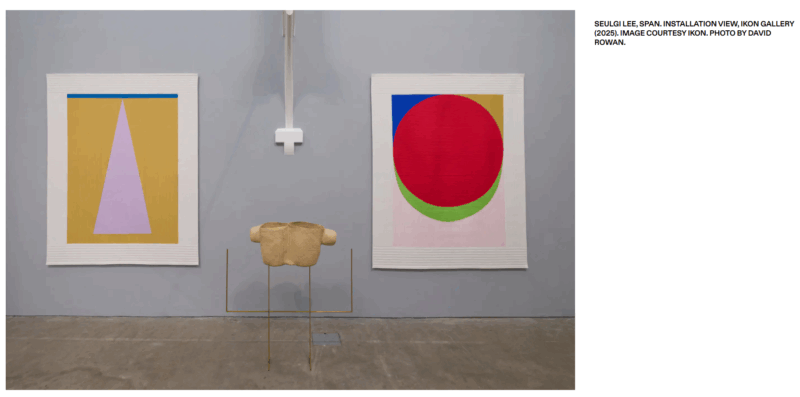
Alongside SPAN, Lee is participating as a resident artist in Ikon’s Thread the Loom, working live on a Studio Dobby loom in conversation with West Midlands textile artists. These in-gallery exchanges reflect the heart of her practice — finding ways to measure and connect between things, whether they are people, histories, or languages. As Lee puts it, this exhibition is about “figuring out a methodology for measuring between things… shifting the point of view from me to you, from you to them, while extending our thumb and baby finger.” In SPAN, that space between feels not like a gap, but like a bridge.
The exhibition is open to September 7.
